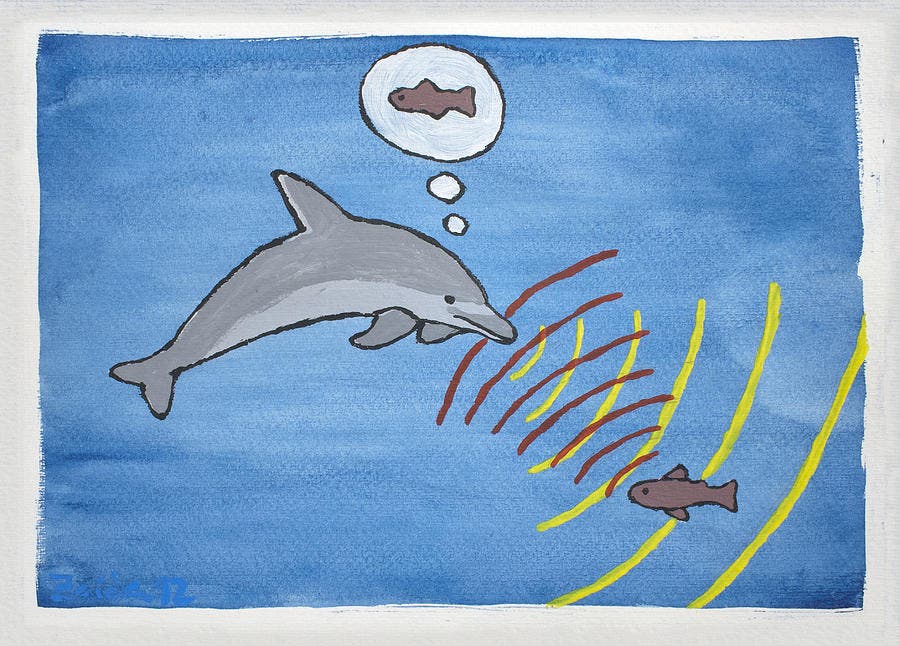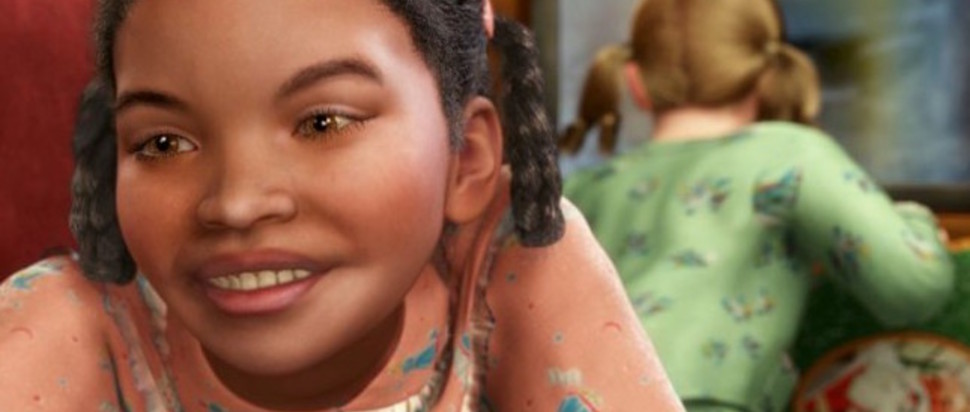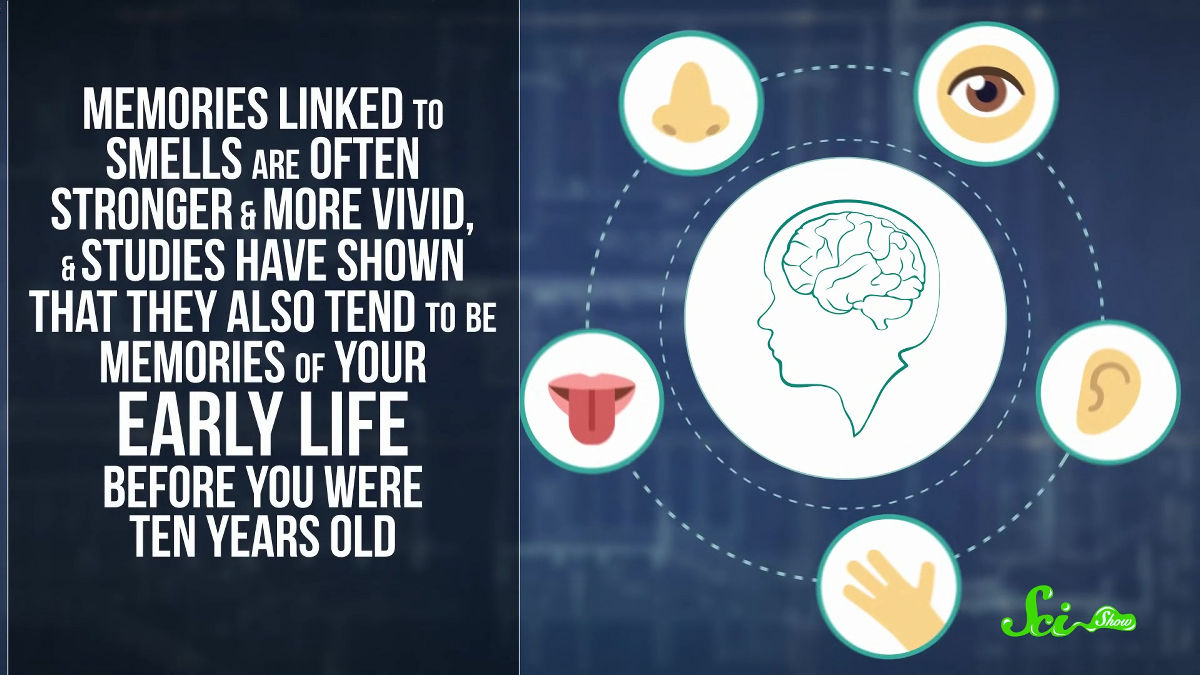Friday, June 26, 2020
Out of body experiences
Disney
Healthy girl completely loses sight
Thursday, June 25, 2020
Lip Reading
Anosmia
Anosmia is when a person has lost the sense of smell. This may be caused by a severe head
injury, an infection or a blockage of the nose. The loss of smell has a very large impact on other
senses as well. For example studies show that when you cannot smell food it does not taste as good.
Without the ability to smell our taste buds can only detect a few flavors. Some common causes of
anosmia are old age, certain medications, cocaine abuse, or exposure to toxic chemicals.
Tadoma
Tadoma is defined as the a method of communication for blind individuals. It is when a
deafblind person places their hand on another individual lips and jawline. The goal is for the fingers
to pick up the speakers jaw movement and the other to pick up the speakers throat vibrations. This
seems to be a very effective way for deafblind people to communicate with others. When Tadoma
was originally created the hope was that the deaf and blind would discover proper ways to speak
by analyzing the throat vibrations and jaw movements of others.
Out-of-Body Experience
Auditory Sensory System
Sommelier
Blind Baseball Players
 I have played softball almost my entire life. I have also had glasses since I was in second grade, and I could not imagine trying to be a catcher without them. When I read about the Houston Heat blind baseball team, I was in shock! Of course, the modifications of the game are a little bit different than traditional baseball; however, the skill of those who are visually impaired in terms of their other senses was absolutely astonishing.
I have played softball almost my entire life. I have also had glasses since I was in second grade, and I could not imagine trying to be a catcher without them. When I read about the Houston Heat blind baseball team, I was in shock! Of course, the modifications of the game are a little bit different than traditional baseball; however, the skill of those who are visually impaired in terms of their other senses was absolutely astonishing.Because of the auditory approach system, the fielders are able to perfectly time when to dive for a fly ball. When they start to slowly hear the baseball coming towards them, they know it is not the time to dive. Then, once the sound starts to get faster, they know that it is coming near them and it is time to dive for the ball. The way that their other senses are able to be utilized to be able to play baseball is incredible, and they have their auditory approach system to thank for that!
Rubber Hand Illusion
The rubber hand illusion is when an experimenter places a rubber hand in front of a participant (where his/her hand would normally be) on a table in front of him/her. The experimenter will begin to stroke the rubber hand with something like a paint brush in synchronized motions. After some time, the subject will begin to feel as if the rubber hand is their hand, and will report feeling the motions of the paint brush. However, I feel as if I would need to actually partake in this experiment to really understand the illusion, but nonetheless, it is amazing what the brain can do. Because the participant is perceiving the hand as their own, they will actually begin to feel as if the paint brush is stroking his/her hand!
Echolocation
The first image that popped into my head was in the movie Finding Dory, when the beluga whale uses echolocation to find Dory when she is in the pipes and is trying to find her way out. However, those who are visually impaired are able to use this skill in order to partake in every day activities, such as hiking, bike riding, skateboarding, etc. It is not an easy skill to learn, but it can be helpful when wanting to do these actives!
Interpersonal Synchrony
Blind bike riding
Smelling fear
The Uncanny Valley
Wednesday, June 24, 2020
Post 3 Echolocation
Post 2 Synesthesia
Imitation
Tuesday, June 23, 2020
Blog Post #3 Phermones
Blog Post #2 Tadoma
Blog Post #1 Anosmia
Post 1 Anosmia
Post #3: Mirror Neurons
Anosmia
Sommerlier
Structured Reflected Sound
post 3,Daniel Kish
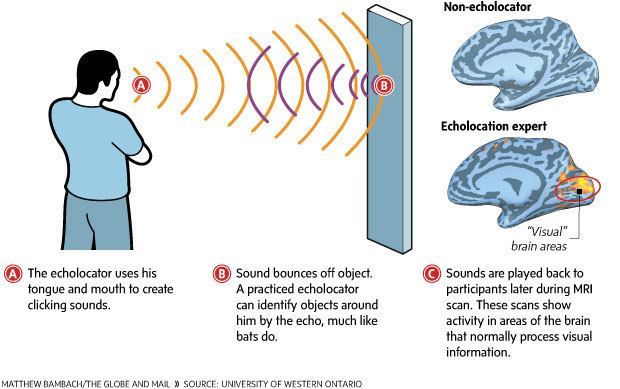
post 2,you taste what you understand
post 1 ANOSMIC
https://www.youtube.com/watch?v=VCkvZFoIgDk here is a video i found about anosmic that I think is very interesting.
Sunday, June 21, 2020
Post #2: Anosmia
Saturday, June 20, 2020
Mirror Neurons and the Evolution of Language
Friday, June 19, 2020
Blog Post #3 - Multisensory Perception (Chapter 10)
Blog Post #2 - Seeing (Chapter 8)

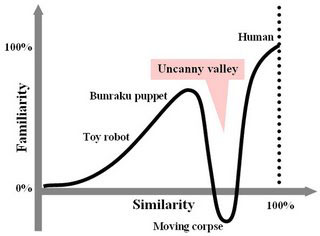
Blog Post #1 - Sense of Smell (Chapter 3)
Chapter 3 discusses the sense of smell in relation to retrieving memories, specifically how scent adds emotion to how you remember your life. I found this really interesting because I can associate certain memories with scents. Odor-induced memories can bring a person back to a specific time and context. Research shows that scents can make a memory seem more emotional too. I have a difficult time remembering my early childhood, but I can remember certain times from smells.
Thursday, June 18, 2020
Anosmia (chapter 3)

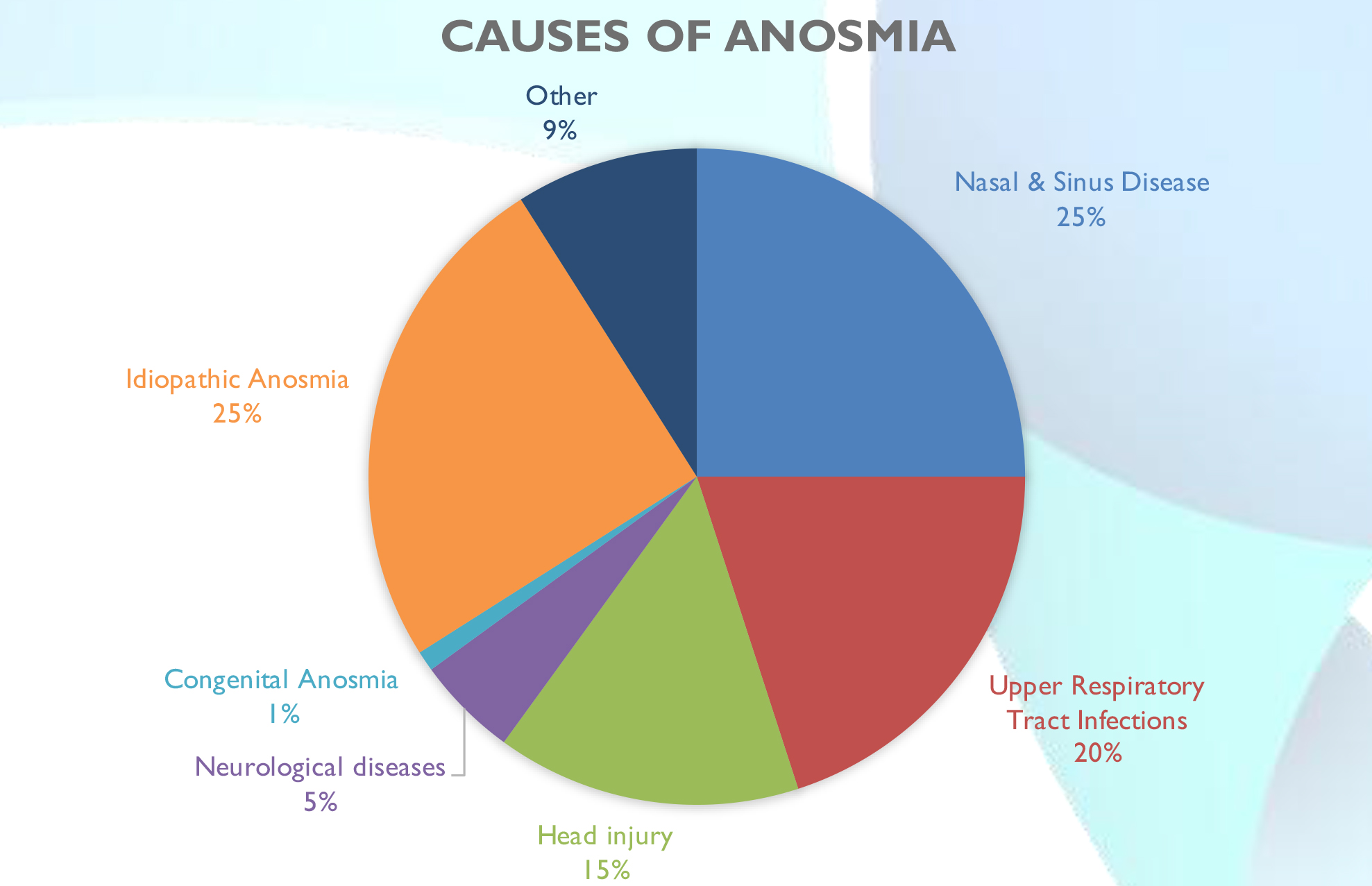
Mirror Touch Synesthesia

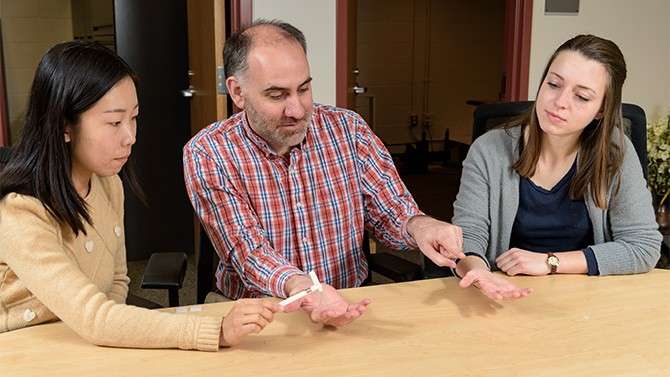
Celebrities with Synesthesia
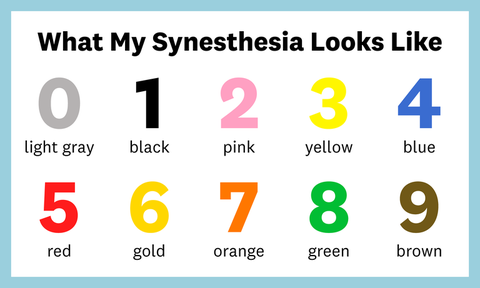


Tuesday, June 16, 2020
Lip reading
Post #3 Anosmia
Post #2 Auditory Approach
Post #1 McGurk Effect
The McGurk Effect is known as a change in auditor perception induced by incongruent visual speech, resulting in a single percept of hearing something other than what the voice is saying. This is very interesting to learn about. In the video I attached explains it very well. When they did a side-by-side it was interesting how just by looking at two different sides of the computer I heard two different things. On the left all I heard was “va” and on the right I heard “ba”. This video is very important to understand and to know the accuracy of unisensory components is reflected into audiovisual speech perception!
Our Sense of Body Ownership
The rubber hand illusion, as well as the out-of-body experience explained in chapter 6, led me to question the components that allow us a sense of body ownership. We know from the rubber hand illusion that visual and tactile input together, synchronously creating an illusion, can trick our brains into feeling as if the rubber hand is our own. It appears as though the movement (the synchronous stroking) in both of the aforementioned experiments was critical to creating a false sense of body ownership. Our own movement, or action, is intimately connected to our sense of body ownership– we know what is part of our body from our conscious control over it. The article I’m linking explores our sense of body ownership, suggesting that action is critical to self-recognition, which is a key component of ownership.
https://www.the-scientist.com/features/understanding-body-ownership-and-agency-31597
A Cat Born Without Eyes
Post #3 Just add some paint
https://bramblitt.com/
Post #3- The McGurk Effect
Post #3: Becoming a Sommelier
Post #2- Tadoma
I have always naturally been very interested in the way deaf-blind people communicate. I have heard about Helen Keller, but never understood how she communicated until now. Tadoma is used by deaf-blind people to properly communicate. In Tadoma, the deaf-blind individual places their hand on the talker’s face and tries to accurately interpret what they are saying. Most Tadoma users place their hands on the lips of the talker while some place their hand on the chin and cheek of the talker. The hand placement comes down to experience and comfort for the Tadoma-user. In the video, you can see, deaf-blind individual David Geyer places his hands on the lips and cheeks of the talker. To answer the talker, he then places his hands on his own lips and chin to ensure he is making the right movements with his lips and is conveying what he wants to say. The article attached speaks about how research proves that the performance of this technique “is roughly equivalent to that of normals listening in noise or babble with a signal-to-noise ratio in the range 0-6 dB.” Following lip and jaw movement, airflow, and vibrations can help users of Tadoma communicate very efficiently, almost as efficiently as normals.
https://pubmed.ncbi.nlm.nih.gov/3973218/Post #2: Sense of Smell
Post #1: The Rubber Hand Illusion
Monday, June 15, 2020
Post #2 The highest form of flattery - Mimicking
Sunday, June 14, 2020
Synesthesia
Post #1- Synesthesia- What color is Tuesday
Friday, June 5, 2020
Post #1 Out-of-body, out-of-mind
Tuesday, June 2, 2020
Post #1: The Importance of Scent Aroma
Monday, June 1, 2020
Beep Ball Blind Baseball
Having played baseball most of my life, admittedly I would never think this would be so possible! I wouldn't say I was skeptical when reading this, I was more in shock. To be able to begin or continue a sport you love without having vision to see is truly remarkable. It shows us how strong our senses can really be. This section showed me how much value our hearing, and feeling has, as you are able to continue every day living and activities with sight being taken away. As described in the book, it certainly isn't an easy task, but as beep baseball shows when you put work in to what you love, anything can be possible. I think this also gives a lot of hope for people who may be losing or have never had the gift of vision.

